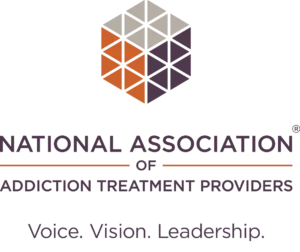

Stop Self Harm in Adolescents
Table of Contents
- Trigger Warning: The details of this article of Stop Self Harm in Adolescents may be distressing to some.
Self-harm can be alarming and can have a negative effect on those who engage in the practice, as well as on their friends and family. Learning about the reasons behind self-inflicted injury can help us learn to recognize and stop self harm. One of the first things to do if you think your child is self-harming is to have a comprehensive diagnostic evaluation to learn the extent of the problem and create a guide for treating the problem. Then, you should find a medical practice that has the expertise to help adolescents, like J. Flowers Health Institute.
What is Self-Harm and How Common is It?
- Cutting
- Scratching
- Mutilation
- Self-injury, such as purposely burning oneself or punching oneself
- Compulsive picking at wounds/scabs
A Meta-Analysis of Studies to Stop Self Harm
A review of 172 different studies conducted across the globe found that 16.9% of adolescents have self-harmed during their lifetimes. The review, which was published in a 2018 edition of the Journal of the American Academy of Child & Adolescent Psychiatry, found that girls were 1.72 times more likely than boys were to engage in self harm. In addition, the review found that the average person who self-harms begins at the age of 13, and 47% of people only self-harm once or twice. Cutting is the most common form of self-harm, with 45% of people reporting this method.2
Teen Cutting Problem
Share This Article
Categories
Top Blogs
Recent Post
Consequences of Self-Harm
Teen cutting may be especially risky for girls, who are four times more likely to have a future suicide attempt following hospitalization for cutting, according to the results of a study in a 2018 edition of The Journal of Child Psychology and Psychiatry.4

How to Stop Self Harm
- Cognitive-behavioral therapy
- Dialectical behavioral therapy
- Mentalization-based therapy
Counseling
Contact the Hotline
Developing a Plan
- Journaling
- Listening to music
- Going for a walk
- Watching an episode of a favorite TV show
- Reading
- Drawing
- Exercising
- Taking a hot bath
Self-Harm Relapse
Returning to Counseling to Stop Self Harm

Learn to Stop Self Harm
Resources
- https://www.apa.org/monitor/2015/07-08/who-self-injures
- https://www.sciencedirect.com/science/article/abs/pii/S089085671831267X
- https://link.springer.com/article/10.1007/s00127-018-1522-1
- https://acamh.onlinelibrary.wiley.com/doi/abs/10.1111/jcpp.12883
- https://www.sciencedirect.com/science/article/abs/pii/S089085671400731X
- https://www.sciencedirect.com/science/article/pii/B9780123694294500392









